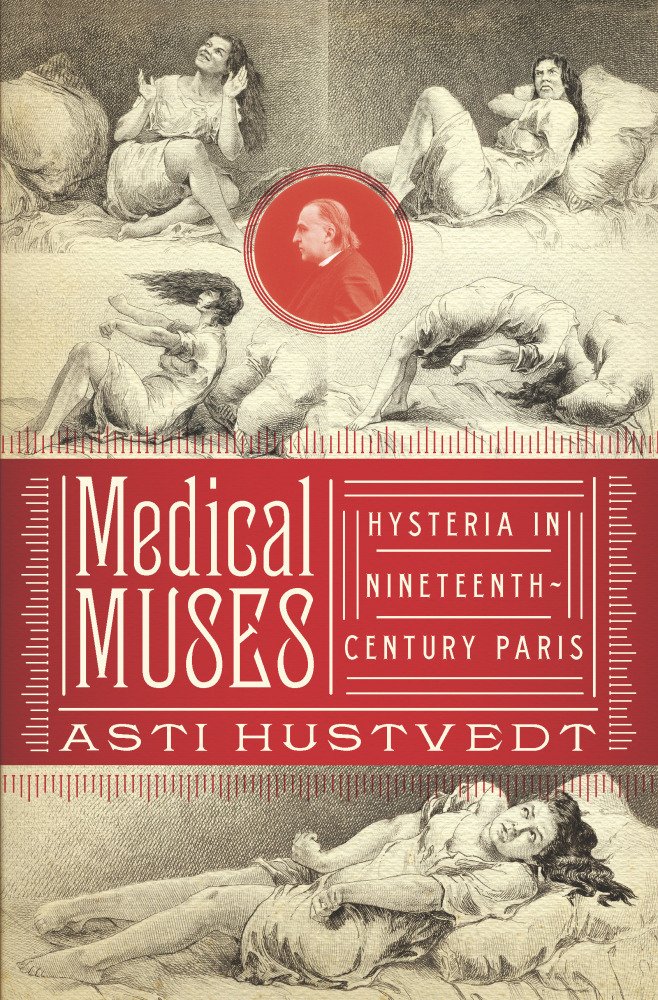

What is so illuminating in this book is how very unlike Bedlam that Hopital Salpetriere was. Charcot’s wards were not considered insane and therefore did not live in the asylum ward. They enjoyed a certain status among the doctors, staff and other patients and were subject to lengthy spells of normal behavior. Some even came and went from the hospital for months at a time to work and live in Paris. Ostracized from “normal” society, they enjoyed an unusual sense of luxury within the walls of the hospital.

But, in exchange for this relatively independent lifestyle, they were test subjects for Charcot’s research — something it seems they were all too willing to be. His subjects became something of celebrities. Charcot’s frequent lectures were open to the public as well as to other researchers and doctors. At any one of these spectacles, a visitor might witness hypnotism, suggestion, involuntary contractions, and other outbursts that only hysterics could produce. Many hysterics also suffered from anesthesia in a certain hemisphere of the body. Like a Coney Island freak show, doctors would poke large needles completely through the arm of a patient who had no feeling to prove the biological symptoms of hysteria.
Asti Hustvedt divides her treatise into short chapters, more like sections, that deal with a particular topic. It makes a seemingly spindly subject very accessible and organized. Medical terminology is used, but always explained. French phrases are sometimes thrown in, but they too are elaborated upon if they are not entirely obvious. Though much was questioned about Charcot and his muses’ veracity, Hustvedt primarily focuses on what we do know. She draws from dozens of sources such as doctor’s reports, newspapers, medical files, municipal records, interviews and fascinating photographs (an art form in its infancy) and sketches.
While probably not for the very faint of heart, the book is not gruesome or gory. There are descriptions of medical procedures and the case histories of the patients tends to be somewhat upsetting (no wonder then that they became hysterics). Though it is not able to medically define hysteria for a modern system, it poses viable and probable causes for its influence during the time — and what it has become today. It is rather incredible to gauge just how far we have come, and yet how very little we still understand.
______________________________
Hardcover, May 2011
ISBN 978-0-393-02560-6
5.8 × 8.6 in / 372 pages
Many thanks to the lovely folks at W.W. Norton for the review copy.
Read an interview and an excerpt on NPR.org.

